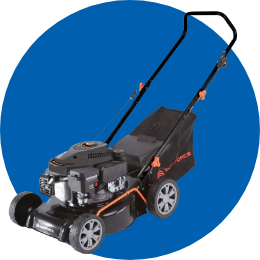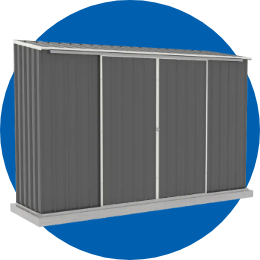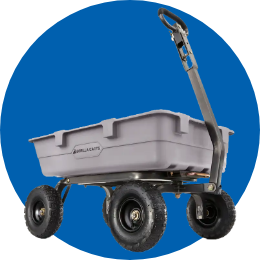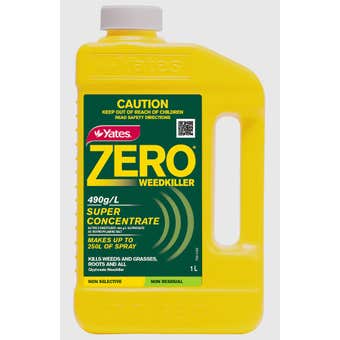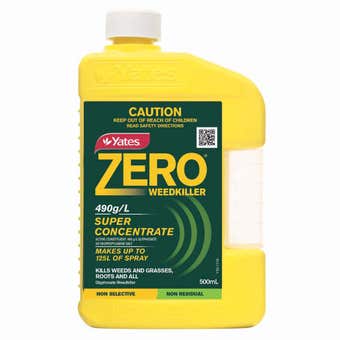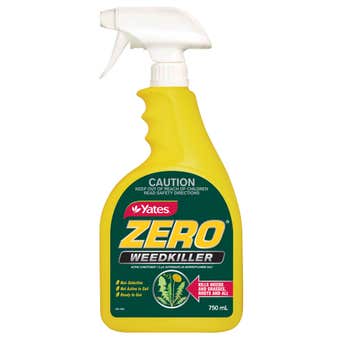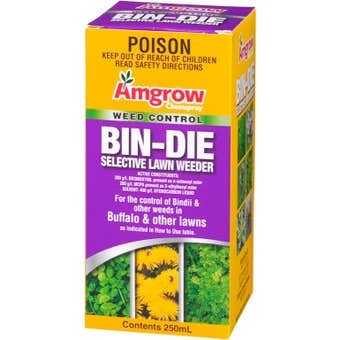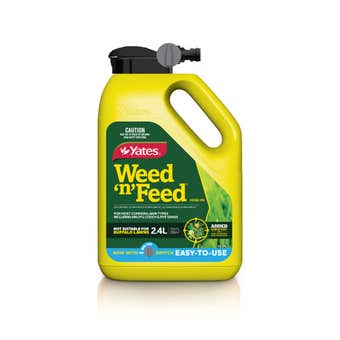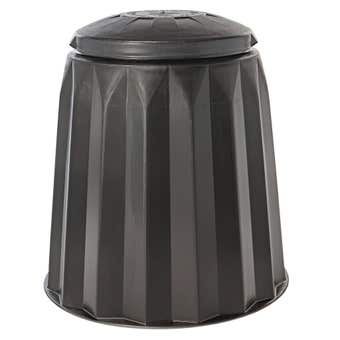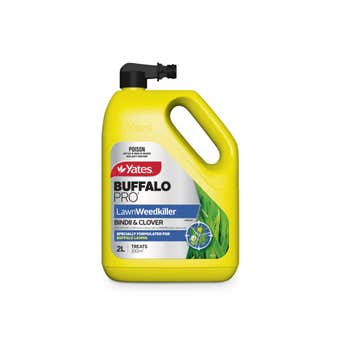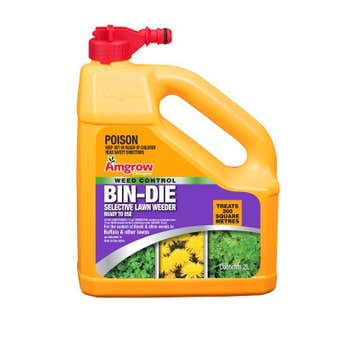- 30 September 2023
Mastering Weed Control: Top Tips for Aussie Gardens
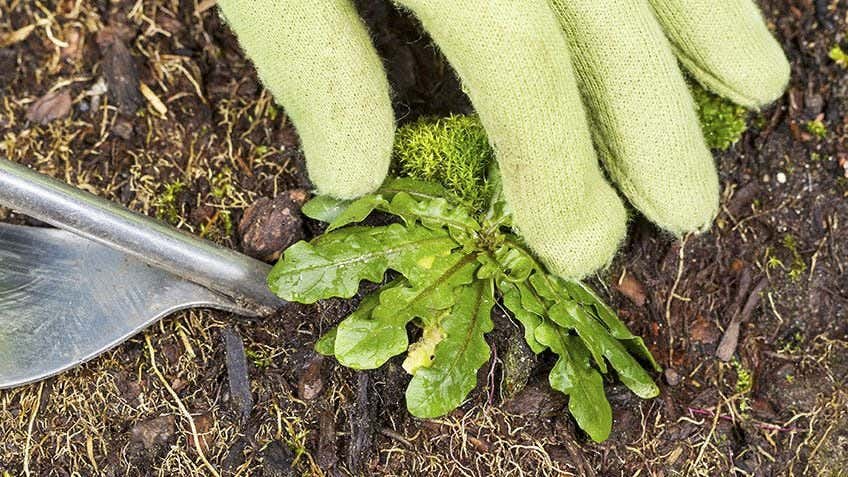

While one person's garden weeds are another's decoration, it's helpful to be able to identify the problem plants in your garden - those that are depriving other plants of light, space and nutrients. This handy guide teaches you how to identify and control weeds for a cleaner, healthier garden.
Materials checklist
Tools
Materials
- Herbicides - as required
Understanding Weeds


Before getting your hands dirty, it's essential to understand your enemy. Weeds are merely plants growing where they're not wanted. They can be:
- Native Plants: They belong in Australia but not necessarily in your garden.
- Non-Native Plants: Foreign invaders that can sometimes outcompete local flora.
Comprehensive Weed Identification:
Fighting the war against weeds requires knowledge about them. Here are five common culprits you'll find in Australian gardens:
1. Paterson's Curse (Echium plantagineum):
Description: Recognized by its vivid purple flowers, Paterson's Curse, also known as Salvation Jane, often invades pastures and chokes native vegetation.
Eradication: Grazing, herbicides, and biocontrol agents, such as moths and beetles, can control its spread.
2. Khaki Weed (Alternanthera pungens):
Description: This low-growing perennial has sticky seeds that cling to clothing and fur. Its green leaves and small white flowers spread across the ground.
Eradication: Regular mowing and herbicides can help manage Khaki Weed.
3. Caltrop (Tribulus terrestris):
Description: Often found in overgrazed pastures, caltrop has sharp spines that can injure livestock and humans. Its yellow flowers produce hard, spiky seeds.
Eradication: Herbicides, improving ground cover, and promoting competitive plants can help reduce its prevalence.
4. Lantana (Lantana camara):
Description: An invasive shrub with small, colorful flowers ranging from red and orange to purple and white. Although it looks attractive, it's a major weed in Australia.
Eradication: Hand pulling, cutting, and applying herbicides can help control lantana. Biological control methods, like the lantana bug, are also being explored.
5. Blackberry (Rubus fruticosus):
Description: This thorny shrub produces delicious fruits but can take over large areas, outcompeting native plants.
Eradication: Manual removal, herbicides, and grazing can help control blackberry infestations. It's essential to remove the entire root system to prevent regrowth.
Practical Tips to Prevent Weeds:


1. Proper Mulching:
Mulching is more than just making your garden look good. It serves a practical purpose by acting as a barrier, preventing sunlight from reaching the weed seeds and inhibiting their growth. Organic mulches like straw, bark, or wood chips decompose over time, enriching the soil and making it less friendly for weeds. When applying, ensure a thick layer, but be cautious not to smother desirable plants.
2. Planting Densely:
The concept is simple: the more space your desired plants occupy, the less room there is for weeds to establish. By planting your garden plants closely, you're effectively squeezing out potential space for weed seeds to germinate and grow. This method, known as competitive planting, ensures that resources such as sunlight, water, and nutrients are predominantly taken up by your garden plants, leaving little for weeds.
3. Regular Garden Maintenance:
Regularly checking your garden can make a significant difference. The early detection and removal of young weeds means they won't get the chance to establish deeply or spread their seeds. Setting a weekly gardening routine not only helps keep weeds at bay but also allows you to enjoy the therapeutic benefits of gardening.
4. Using Ground Covers:
Ground covers are plants that spread across the garden floor, forming a living carpet that suppresses weeds. They prevent weed seeds from accessing the soil and block sunlight, making it hard for any rogue weed seed to sprout. Examples include creeping Jenny, sweet woodruff, and bugleweed.
Tackling Weeds Head-On:


1. Hand Pulling:
This traditional method is as straightforward as it sounds, but there's an art to it. For effective hand pulling, ensure you get the entire root system, especially with perennial weeds. Wetting the soil beforehand can make this task easier, as moist soil loosens the grip around weed roots. Always wear gloves to protect your hands, especially when dealing with thorny or irritating weeds.
2. Boiling Water:
It's a simple, natural, and effective method. Pouring boiling water over weeds causes cellular damage, effectively "cooking" them. It's particularly useful for weeds growing in cracks on patios or driveways. However, be cautious; boiling water will kill any plant it touches, so direct it carefully.
3. Natural Herbicides:
Vinegar and salt solutions can act as natural herbicides. They desiccate the plant, causing it to lose moisture and die. However, like boiling water, they're non-selective and can harm desirable plants. It's essential to apply them directly to the weed, avoiding any desirable plants nearby.
4. Physical Barriers:
Using physical barriers like landscaping fabric can be a great way to stop weeds. These barriers are permeable, allowing water and air to reach the soil but preventing weeds from breaking through. They're ideal for garden beds or under pathways and patios. To use, lay the fabric over the area, cut holes for your plants, and cover with mulch or gravel for aesthetics.
5. Post-emergent Herbicides:
Sometimes, despite your best efforts, some stubborn weeds persist. In such cases, post-emergent herbicides can be used to target weeds that have already sprouted. Always read the label, follow safety guidelines, and choose eco-friendly options when available.
Incorporating "Weedy" Plants
Surprisingly, some weeds have benefits. They might be edible or support local wildlife. Learn to recognize these "good" weeds and how to control their spread without complete eradication.
Engage with the Community:
Share your success stories, ask for advice, or discuss new methods with fellow gardeners. Join local gardening clubs or online forums. Remember, you're not alone in this battle.
With the right tools, techniques, and knowledge, turning your garden into a weed-free sanctuary is attainable. Australia's climate and ecology might make it a hotspot for these pesky plants, but armed with this guide, you're more than prepared to take them on.


